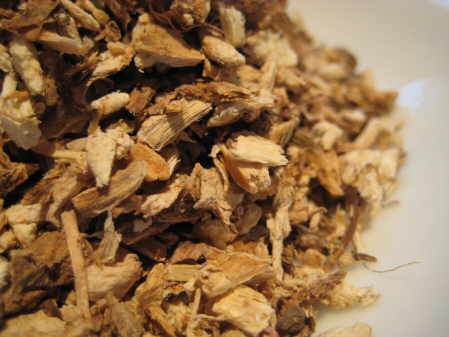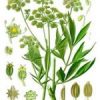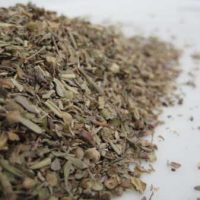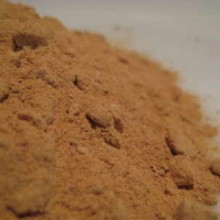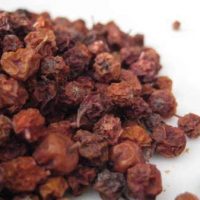Lovage Root (Levisticum officinale) can be used in salads, or to make soup, and the roots can be eaten as a vegetable or grated for use in salads. Its flavour and smell is very similar to celery.
In Germany it is known as Maggikraut and in the Netherlands Maggiplan. In France Leviche and in Italy Levistico. In Swedish its libbsticka
Traditional uses & Constituents of Lovage Root:-
Lovage Root tea can be applied to wounds as an antiseptic, or drunk to help stimulate the digestion at which it is very effective.
The seeds can be used as a spice, similar to fennel seeds. In the UK, an alcoholic lovage cordial is traditionally mixed with brandy in the ratio of 2:1 as a winter drink. Lovage is second only to capers in its quercetin content.
History of Lovage Root:-
The name Lovage stems from “love-ache”, the ache part being a once used medieval name for parsley. It is a corruption of the older French name levesche, from the late Latin levisticum, in turn thought to be a corruption of the earlier Latin ligusticum, meaning from or of Liguria which is in northwest Italy and is where the herb was once grown extensively.
In folklore the plant was called Preachers Collar because in the past the plant was mostly cultivated in monasteries or in rectories

